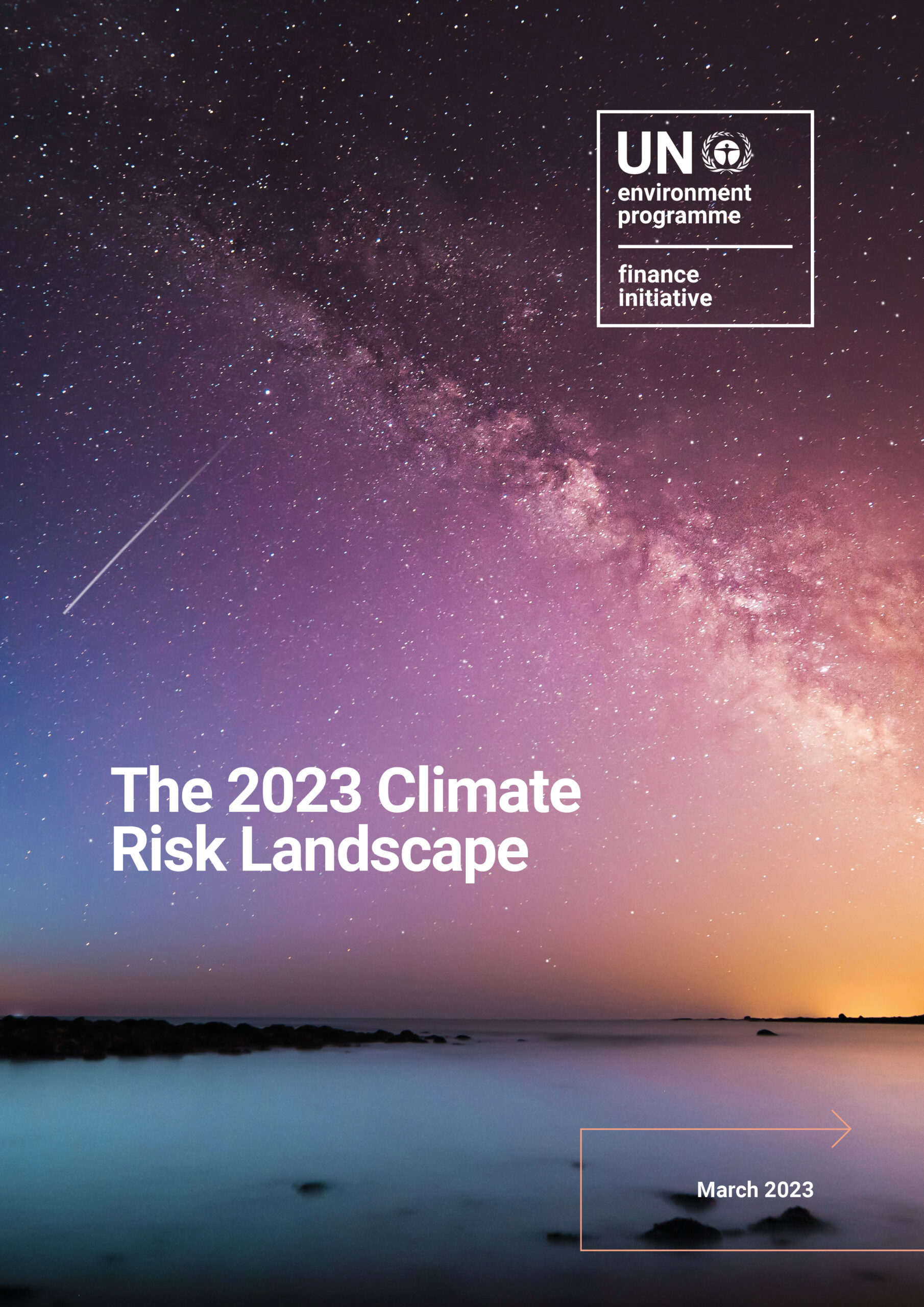With worsening impacts of climate change affecting almost every human and natural system across the globe and the critical economic transition to a net-zero emissions future on its way, successful companies and communities will be the ones showing climate resilience and contributing to a sustainable future.
In order to better understand climate risks and opportunities and inform their strategies, financial institutions have turned towards climate risk tools, a market that has developed at an impressive pace in the last few years. UNEP FI’s 2023 Climate Risk Landscape report assists financial institutions in better understanding the diverse and dynamic landscape of climate risk tools. The report explores the major market trends in physical risk and transition risk tools and provides detailed analysis on dozens of individual tools.
The project has been supported by a group of 44 banks convened by UNEP FI as part of its Climate Risk and TCFD Programme. It follows the 2021 Climate Risk Landscape diving into the similarities and distinctions among climate risk assessment tools, and the 2022 Supplement that incorporated financial institutions’ experience of working with different tool providers.
Climate Risk Dashboard
In June 2024, UNEP FI’s Climate Risk and TCFD Programme updated the Climate Risk Tool Dashboard, further supporting financial institutions in navigating the constantly evolving universe of climate risk tools. This database aims at enhancing climate risk tools readability by providing a comprehensive overview of more than 40 tools’ features, metrics, methodology, assumptions, and common use cases. It includes extensive information on tools’ features, alignment with sustainability-related disclosure standards or regulations, policies around data quality and sourcing, and more.



